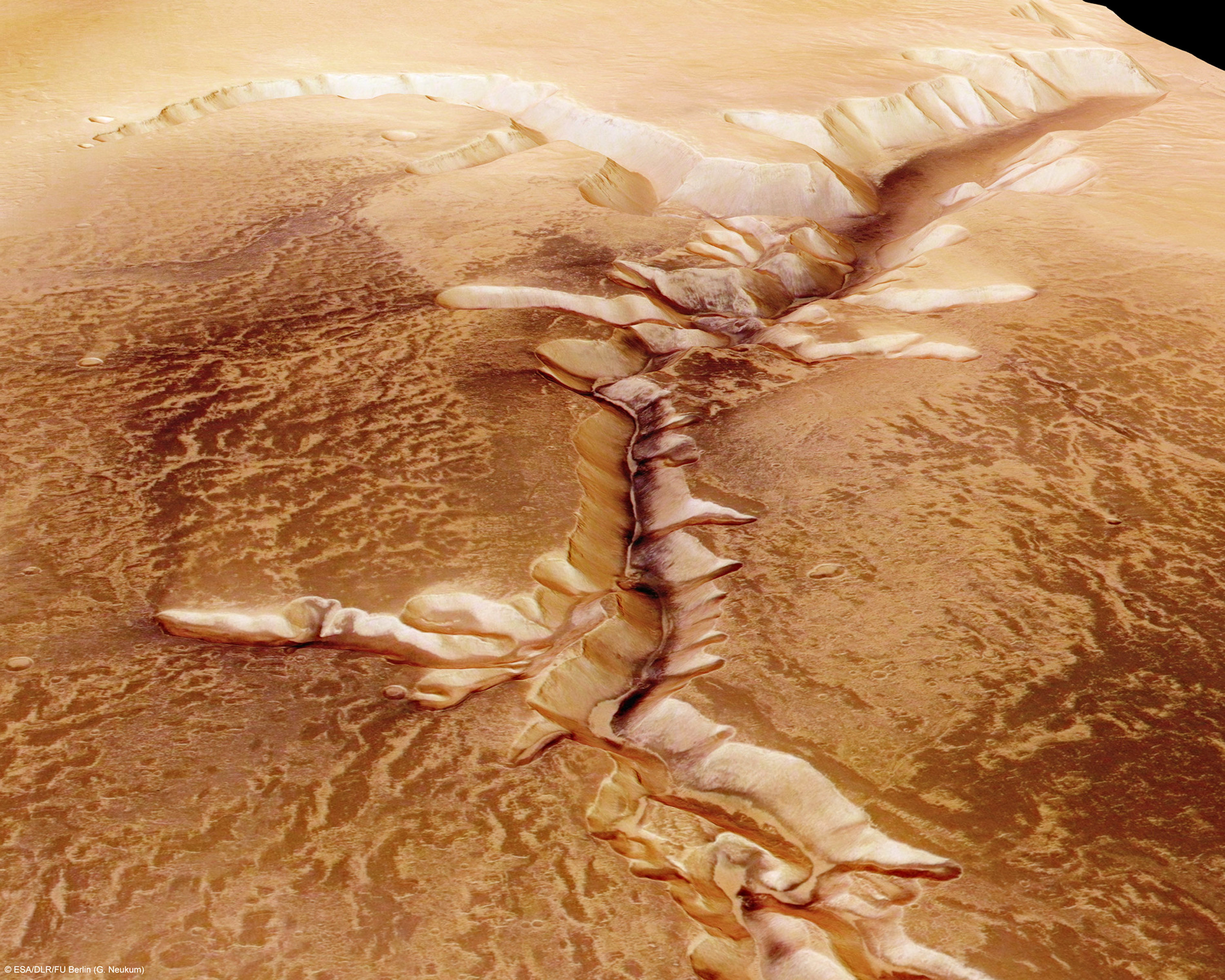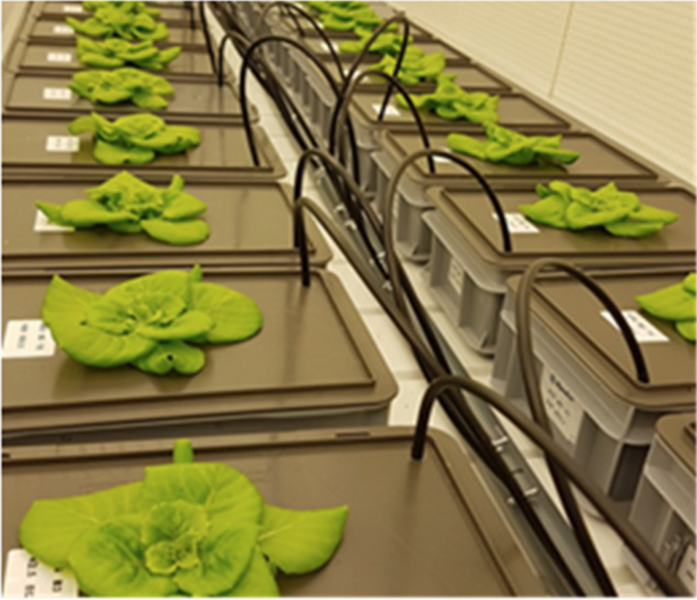Create a free profile to get unlimited access to exclusive videos, sweepstakes, and more!
This is how we’re learning to farm on Mars

After China’s epic fail at trying to grow plants on the moon, do scientists really think it’s possible to cultivate enough crops to feed astronauts (and possibly an entire colony) on Mars? They obviously do.
While astronauts rely on a mostly freeze-dried and vacuum-packed diet on the ISS, Mars is not exactly hovering above our planet like the space station. The Red Planet is more like 40 million miles away. Since explorers on a Martian mission won’t quite be able to go to the supermarket or bring along enough dinner packets to stay alive, Dutch and Norwegian scientists are working on space farms that can sustain them.
It would take a spacecraft six to nine months just to reach Mars (under the best possible conditions), and the same for the journey back to Earth. That’s a lot of freeze-dried ice cream.
“It’s very challenging, if not impossible, for them to take everything they would need for such a long mission,” SIlje Wolff, a plant physiologist at the Centre for Interdisciplinary Research in Space in Trondheim, Norway, told Inside Science.
Not that growing plants in space is easy, if we can learn anything at all from the Chinese experiment. Water tends to stay on the soil’s surface where gravity is too low to hold it down, and roots struggle to take in enough oxygen. The air is also so stagnant that it increases leaf temperature and gets in the way of evaporation. Wolff and her colleagues recently published a study in Life detailing the tests they went through to successfully grow lettuce in an environment that simulated space.
“Long-term human missions to the Moon and Mars rely on life-support systems for food production and regeneration of resources,” Wolff and colleagues said in the study, which is why an “advanced life support system concept was developed to facilitate plant research and technology demonstration under different gravity conditions.”
Wolff’s team used a hydroponic system and carried out multiple tests. After the plants, which grew in a closed system, germinated, they were transferred to pots filled with water and varying nutrient concentrations and volumes of water solvent. Data on how the plants reacted to different nutrient treatments was meticulously recorded.
The experiment will soon be headed to the ISS, and actually testing it out in space will be more challenging than any simulation on Earth. It will be much more difficult to mix solutions in microgravity. Warm and cold water just do not separate in the same way, meaning the roots will risk oxygen deprivation after sucking up all the O2 they can from the water on the surface. Injecting air may sound ideal until you realize it would just create a never-ending foam.
What could work is putting the plants in a centrifuge, which Wolff is planning on doing to create some gravity to keep the water from floating around. This brings on a new problem. Would it even be possible to create the massive centrifuge that would be needed to feed the entire crew? Further engineering is needed here.
Even if this goes the way of China’s lunar experiment, we will at least be left with valuable data on how to (and not to) grow food on Mars.
(via Inside Science)















